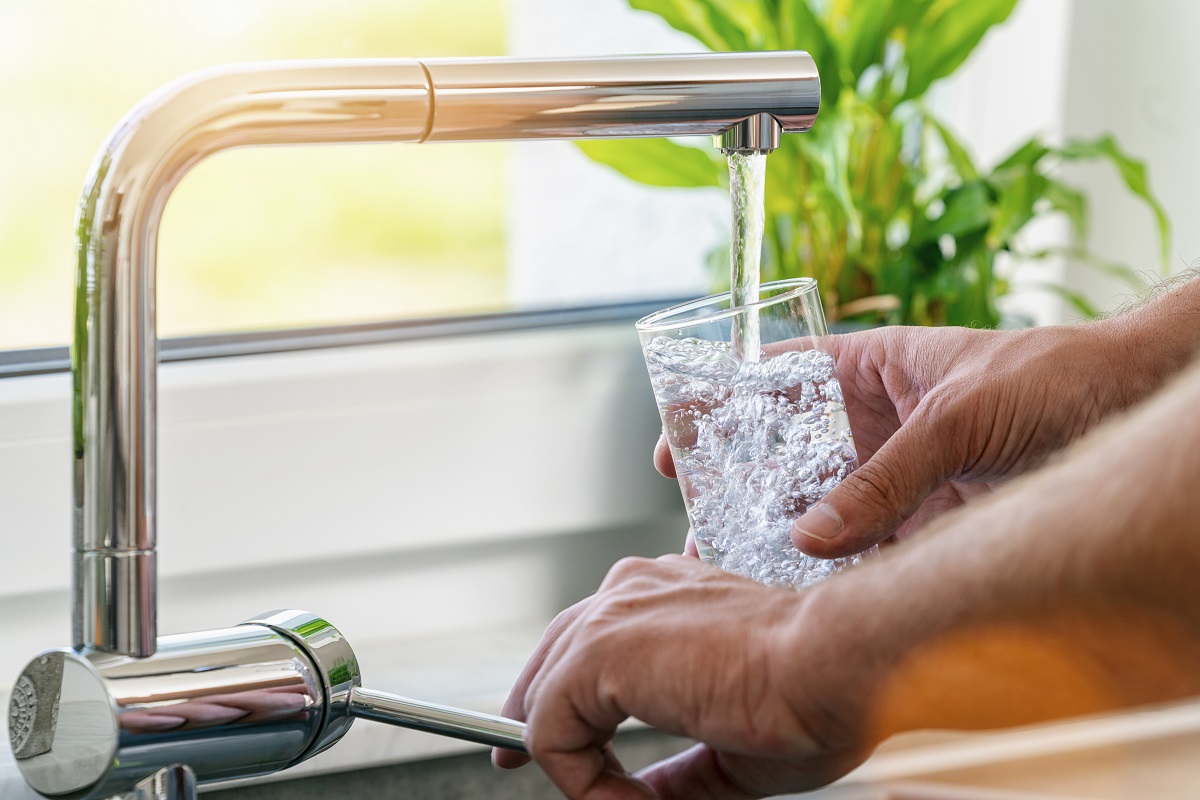How to Properly Test your Home's Water Quality
Posted by Discount Water Softeners on Jul 31st 2019
It’s normal for our bodies to lose fluids each day. Drinking and eating foods that contain water balance out this loss. But not drinking enough can lead to serious complications. Deficient of fluids-- through dehydration, illness, heat, or exercise-- our bodies begin to shut down. It may start with thirst, fatigue, or a headache, eventually leading to physical and/or mental decline.

Most healthy people can regulate water intake, guided by thirst or appetite. Downing a cold glass of water when we’re thirsty is something most of us take for granted. Although you may drink plenty of water, what’s in the water you drink is just as important. If what comes from your tap is filled with hidden contaminants, you could be putting your health at risk. When it looks, smells, and tastes fine, you might not give a second thought to drinking it. The reality is, most of the chemicals or microbes that can make you sick can’t be seen, tasted, or smelled.
Public Drinking Water Standards
If your home’s water supply is serviced by a public water system, the Environmental Protection Agency (EPA) sets regulatory limits for the number of certain contaminants in your drinking water. These contaminant standards are required by the Safe Drinking Water Act (SDWA). Congress passed the SDWA in 1974 to protect public health, which includes the monitoring of public water systems.
In addition, the EPA requires community water systems to deliver a Consumer Confidence Report (CCR), also known as an annual drinking water quality report, to their customers each year by July 1st. This is how you can discover what your local drinking water quality is and make informed choices about the water you drink.
Your CCR will list the contaminants that have been found in your water supply and at what level. But the EPA does NOT test individual homes, so you may still want to test for specific contaminants, such as lead or arsenic, that can vary from household to household. If public water sources are regulated, it seems reasonable to assume your home’s supply is a safe, reliable source for drinking, cooking, and bathing.
But can you depend on public standards to maintain your own good health? The answer is that most water utilities do meet EPA standards, but in many cases, the levels of contaminants that government regulations allow are higher than what current research suggests is safe. Certain contaminants have no specific standards in place whatsoever.
For example, chromium-6, a form of the element Chromium, has been linked to tumors in animal studies, and an increased risk of stomach cancer. Government regulations apply only to overall Chromium levels, (certain types are mostly harmless) and not to specific types that may cause illness. The EPA’s limit for arsenic, another dangerous chemical element, is also lower than what studies suggest is safe for consumption.
A study done by the EPA found that the protective coating inside lead pipes of municipal water supplies can break down, allowing lead or microscopic particles of the toxic metal to leach into tap water. Lead levels can spike for months or even years if service lines are disturbed by construction or water meter installations. Lead is unsafe to consume at any level, according to the EPA, and there is no federal standard for the amount of lead in tap water from individual homes.
To lower levels of contaminants, the Environmental Working Group (EWG), an independent advocacy group focused on public health and environmental issues, recommends using a water filtration device in your home. The filtration method required is dependent on your home’s specific water needs. There are exceptional filtration systems for all types of water; staying up to date on the condition of your supply gives you control over the healthfulness of your drinking water.
Is My Well Water Safe to Drink?
The EPA does not regulate private wells, or the buying or selling of homes, so there are no EPA testing requirements. This is a frightening fact, as homeowners who don’t test their own water may be unaware of what they’re ingesting. Buyer’s lending agencies often require well water to pass a quality test prior to loan approval. Many lenders impose testing for bacteria, nitrates, and lead, but ultimately, it’s up to the homeowner to protect the safety of their well water.
Also, the Safe Drinking Water Act only applies to public water systems, not to private household drinking water wells. The EPA recommends that household well owners test annually for nitrates, total coliform bacteria, pH, and total dissolved solids. Well owners should also check annually with a local agency such as a health or agricultural department to determine if there are any specific contaminants of concern in their local area (for example, pesticides or fertilizers).
Private well water can vary greatly depending on the depth of the structure and the surrounding soil. Wells can be contaminated by both naturally occurring sources or by human activities. Human sewage, animal waste, fertilizers and other chemicals can infiltrate a well through groundwater movement, surface water seepage, and water run-off. Well owners should be aware of their well’s potential for contamination and its possible health effects.
How to Test Water Quality at Home
Water test kits can be purchased from your local home improvement store or online. These kits typically include a package of strips containing reactants which change color to indicate the presence of various contaminants in your water. The kits test for a number of contaminants like bacteria, lead, pesticides, nitrites/nitrates, chlorine, hardness, and pH. If your water contains a high level of these toxins, a home water test is a good method of detection.
For a more detailed report, another option is to contact a reputable, independent lab that can provide accurate results, with no vested interest in promoting any particular filtration system. Most laboratories will mail your sample results within a week or two, and if toxins are detected, the results will detail whether the level exceeds a drinking water health standard.
However you choose to test your water, if you’ve found something that shouldn’t be there, at a level that exceeds health standards, retest your water supply immediately and contact your public health department for assistance. Some issues, such as a high bacteria concentration in a well, can be controlled quickly by disinfecting the well or the installation of a filtration device. More serious concerns may require a new source of water, or a deeper well. Testing should be done frequently when toxins are found in previous tests.
Consuming water filled with potentially dangerous chemicals or bacteria is a frightening thought. Water, especially good, clean water, is important for everyone’s health. Identifying the impurities is the first step to getting your home’s water on track. Once you’ve pinpointed the contaminants you need to remove, selecting the ideal filtration system is easy. Whole home water filters ensure that your entire home, and everyone within it, is provided with safe, clean water at all times.

